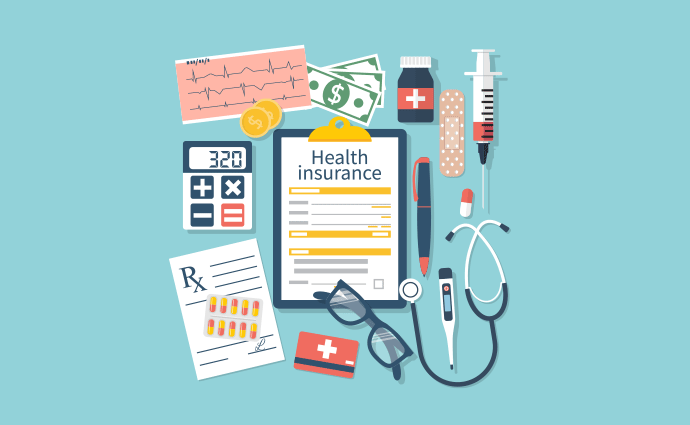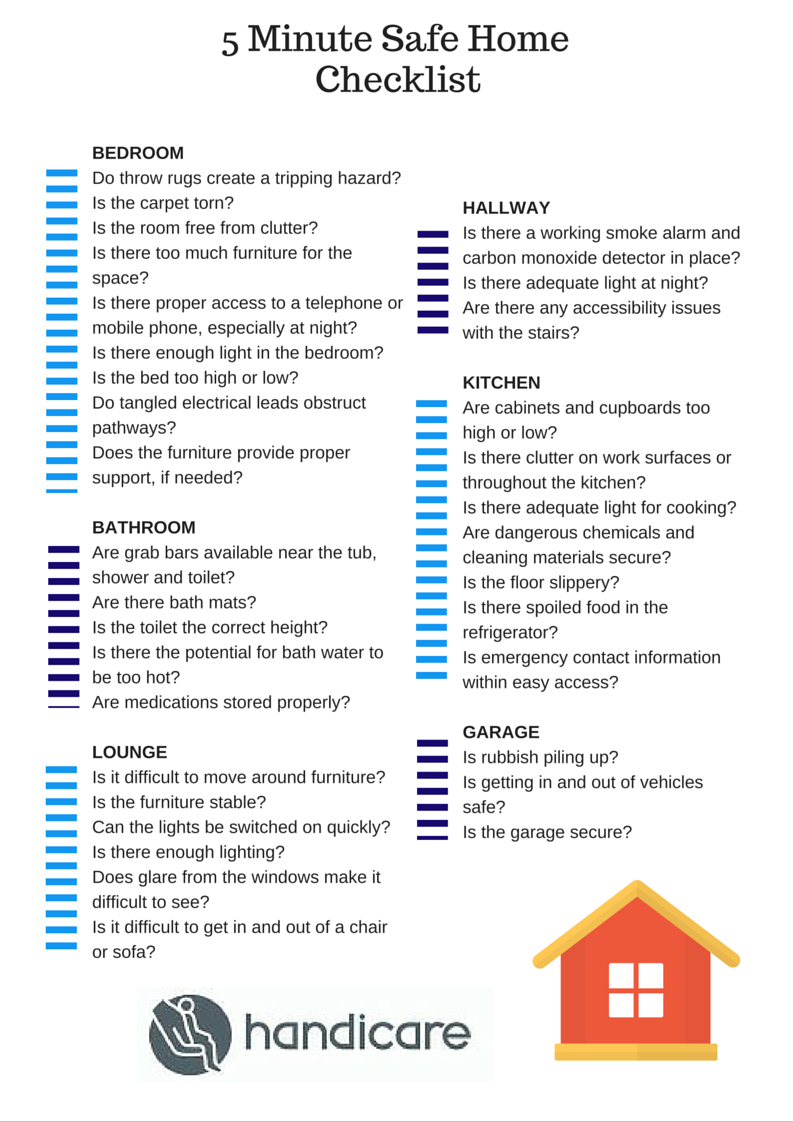
Many infectious diseases are detected using PCR test procedures, such as HIV. They are cheaper and more accurate than rapid antigen test. The sensitivity of PCR tests can be variable. It is dependent upon the type of patient and patient group. Some tests have a high sensitivity, while some others have lower sensitivity.
RT-PCR is the gold standard for detecting COVID-19
The gold standard for COVID-19 testing is the reverse transcription-polymerase chain reaction (RT-PCR). This test is performed on respiratory specimens that have been collected by healthcare professionals. However, the droplet digital PC assay is gaining momentum as an alternative highly sensitive testing assay. It is important to note that droplet digital PCs require trained technicians and require the collection of respiratory specimens by healthcare workers.
The RTPCR is a real time reverse transcription polymerase chain react (PCR) method to detect the COVID-19 viruses. This test detects the presence SARS-CoV-2 nucleic acids in lower and upper respiratory tract samples.

RTPCR is superior to rapid antigen testing
RT-PCR is a method that detects bacteria and viruses. Researchers tested two different methods. Each method had its own specificity, sensitivity and limitations. RTPCR proved to be more sensitive than NAAT in terms of specificity and sensitivity. The results were correlated with patient-reported symptoms and sensitivity, and the results were comparable when compared to cultures.
Multiple scenarios were used in order to compare the two methods. The RTPCR test, for example, required that the patient be admitted 24 hours prior to the test. It was completed after the test. In contrast, the RA test was conducted upon entry and exit.
RT-PCR is more cost-effective
RT-PCR is a procedure that uses polymerase chain reaction to amplify genetic material in a sample. The PCR process uses single-stranded genomic DNA and primers that guarantee that the DNA analyzed comes from a specific species. The PCR result can then be quantified.
RT-PCR is more affordable for a number of gene expression tests. It is also faster and more accurate that end-point methods. But it comes with some risks. It is important to be aware of potential false results and to ensure that the instructions are followed. One example is that a person may have a negative result even if they have never been diagnosed with a particular disease. You should carefully follow these instructions and seek out your doctor for a RTPCR testing.

Sample evaluation or quality problems
Sample quality is the most critical aspect of a PCR test, and problems with sample evaluation can result in poor results. Poor assay design or sub-optimal sample conditions can lead to poor quality samples. These issues can be hard to spot and may require additional investigation.
FAQ
What are the basics of health insurance?
Keep track of all your policies if you have health insurance. Make sure you understand your plan and ask questions whenever you have doubts. Ask your provider or customer service to clarify anything.
When it comes to using your insurance, make sure you take advantage of the deductible. Your deductible is the amount you must pay before your insurance begins covering the rest of your bill.
What are the main purposes of a health care system
The health care system should provide adequate medical facilities for people who need them at a reasonable cost while ensuring access to quality services by all.
This includes providing preventive health care, promoting healthy lifestyles, and appropriate treatment. It also includes equitable distributions of health resources.
What role can I play in public healthcare?
You can help protect your own health and the health of others by taking part in prevention efforts. You can also contribute to improving public health by reporting any injuries or illnesses to healthcare professionals to help them prevent future ones.
Statistics
- Healthcare Occupations PRINTER-FRIENDLY Employment in healthcare occupations is projected to grow 16 percent from 2020 to 2030, much faster than the average for all occupations, adding about 2.6 million new jobs. (bls.gov)
- For instance, Chinese hospital charges tend toward 50% for drugs, another major percentage for equipment, and a small percentage for healthcare professional fees. (en.wikipedia.org)
- Over the first twenty-five years of this transformation, government contributions to healthcare expenditures have dropped from 36% to 15%, with the burden of managing this decrease falling largely on patients. (en.wikipedia.org)
- The healthcare sector is one of the largest and most complex in the U.S. economy, accounting for 18% of gross domestic product (GDP) in 2020.1 (investopedia.com)
- About 14 percent of Americans have chronic kidney disease. (rasmussen.edu)
External Links
How To
What is the Healthcare Industry Value Chain (or Value Chain)?
The entire healthcare industry value-chain includes all activities related to providing healthcare services to patients. This includes all business processes at hospitals and clinics. It also includes supply chains that connect patients to other providers like pharmacists and insurance companies. This results in a continuum that starts with diagnosis and ends with discharge.
The four key components of the value chain are:
-
Business Processes – These are the tasks that individuals perform throughout the delivery of health care. A doctor might conduct an exam, prescribe medication and send a prescription to a pharmacy. Each step of the process must be completed accurately and efficiently.
-
Supply Chains – The entire network of organizations responsible for ensuring that the right supplies reach those who need them. One hospital may have many suppliers. This includes pharmacies and lab testing facilities as well as imaging centers and janitorial staff.
-
Networked Organizations - To coordinate these various entities, there must be some form of communication between the different parts of the system. Hospitals have many departments. Each has its own number of phones and offices. Each department will have its own central point, where employees can get updates and ensure everyone is informed.
-
Information Technology Systems (IT) - IT is essential in order for business processes to run smoothly. Without it things would quickly fall apart. IT is also a platform that allows for the integration of new technologies into the system. Doctors, for example, can connect to a secure internet connection to access electronic medical records.